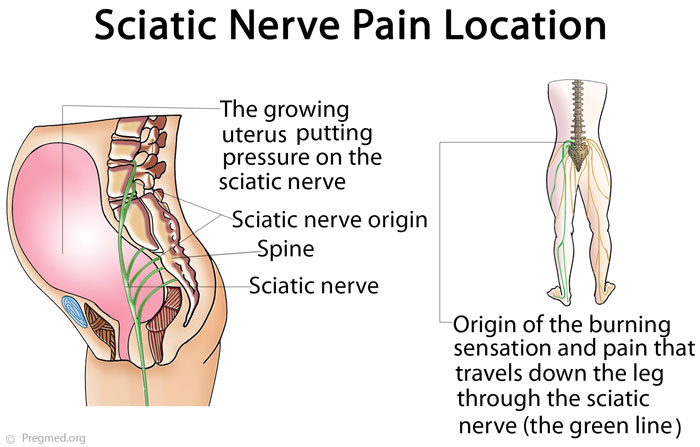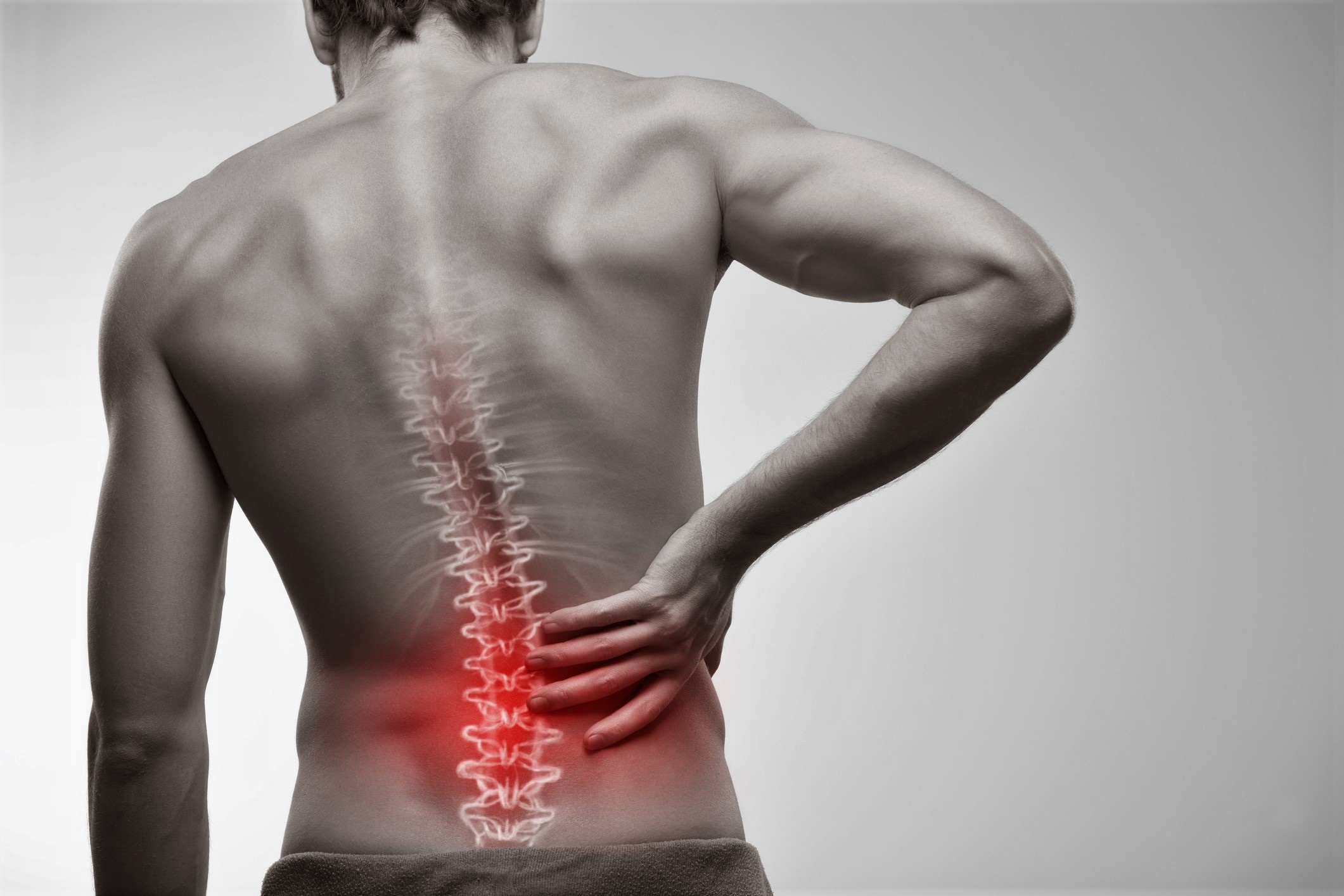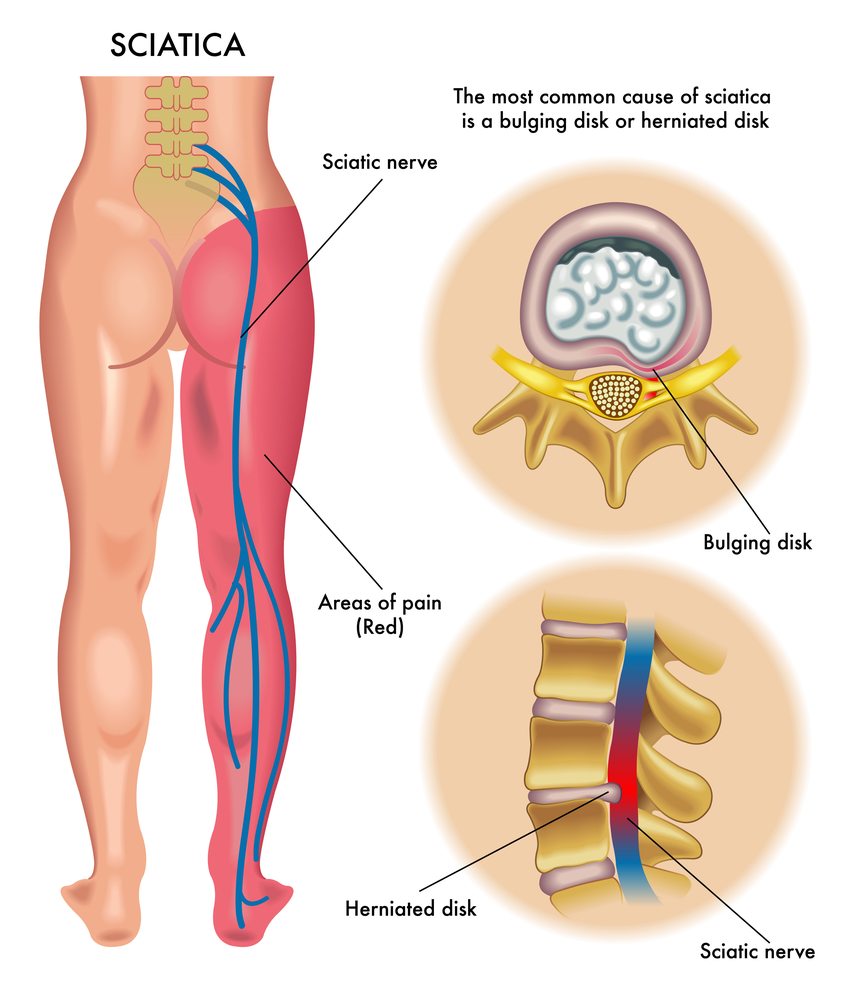Sciatica
Do You Get Sciatica When Pregnant?

Do You Get Sciatica When Pregnant?
Sciatic sensations may increase during your pregnancy. In fact, lower back pain and sciatic problems are quite common. Sciatica will often develop in the third trimester — though it can occur at any stage of your pregnancy. As your baby grows, the additional weight puts pressure on unstable joints and muscles.
If you’re pregnant and experiencing pain during pregnancy in your lower back and down your leg, you may be wondering if you have sciatica. Sciatica is a type of pain that radiates along the sciatic nerve, and it’s one of the most common complaints. While it’s not always easy to tell if you’re experiencing sciatica or simply pregnancy-related aches and pains, there are some key differences.
What does pregnancy sciatica feel like?
Pregnant ladies get leg and back pain. Exercises and stretching can help treat it. Find the tender spot and roll for 30-60 seconds. Whenever feasible, switch positions.
First, determine what causes sciatic nerve pain. If you lean forward, pelvic muscles may stiffen. The baby’s head or increasing uterus may push on the nerve in the third trimester. Persistent or severe sciatica pain requires medical attention. In pregnancy, nerve blocks and steroid injections are unsafe. A doctor can propose a drug. A cold compress or heating pad can alleviate discomfort without drugs.
Pregnancy sciatica isn’t uncomfortable for the baby, but it’s frustrating for the mother. Most occurrences of pregnant sciatica disappear after delivery. As the baby grows, the sciatic nerve pain may decrease. It’s crucial to know what to expect when treating pregnant sciatica.
Sciatica in pregnancy requires medical treatment. Your doctor can suggest pain-relieving exercises. These activities may surprise you. Physical therapists might also help. During pregnancy, lower back pain might radiate to the legs. They may also need to limit their activity to reduce sciatica risk.
If you have leg or pelvic pain during pregnancy, visit a doctor. This helps manage symptoms and prevent relapses. A chiropractor can diagnose sciatica and offer treatment. Hot or cold compresses might also help. Warm compresses can help relieve pregnant sciatica.
Is walking good for sciatica in pregnancy?
While the causes may be different for all women, the pain in the lower back and legs is usually caused by a herniated or bulging disc. Pregnancy also puts added pressure on the sciatic nerve. The growing uterus and the growing fetus cause irritation and pressure on the nerve, causing it to become irritated and inflamed.
Some women can walk a bit after giving birth without any ill effects, but some suffer from long-term effects. Although sciatica isn’t contagious, it’s best to seek a doctor’s advice if symptoms persist. A doctor may prescribe specialized treatments to relieve the pain. Even if the pain goes away once the baby is born, it’s still important to get rest.
Pregnancy-friendly exercises are also important. Walking, for instance, helps prevent sciatic pain by releasing endorphins and reducing inflammation. However, if you don’t follow proper posture, your pain may worsen. Try to take your breaks often and avoid doing activities that worsen your sciatica. You should also avoid lifting heavy objects and try to stay mobile. Walking is a great option for pregnant women with sciatica. Gentle movement helps strengthen the spine and reduce pain perception.
The pain associated with sciatica during pregnancy is usually mild or moderate. It can be dull, deep, or shooting. The pain may even start earlier in the pregnancy and last a short time after delivery. Unlike sciatica, walking is safe for both the mother and baby. This natural remedy is not a cure, but it can help women with sciatica manage the discomfort. If walking isn’t an option, you can opt for alternative treatments.
Prenatal yoga is another treatment option for pregnant women with sciatica. This low-impact exercise helps stretch and strengthen muscles surrounding the sciatic nerve, reducing irritation and pain. Walking helps relieve sciatic nerve pain in the lower back and legs. It is important to avoid activities that could cause a uterus to rupture during pregnancy. In addition, pregnancy-related sciatica often subsides on its own after delivery.
What is the best sleeping position for sciatica?
Stomach sleep is bad. Sleeping flattens the spine, putting pressure on the sciatic nerve and lower back muscles. It can create back and neck difficulties since the spine’s curves aren’t maintained. Side-sleeping is better. If back discomfort persists, support your spine with pillows.
A lower back pillow can help prevent sciatica. Pillows provide spine support and weight distribution. Head and knee pillows may also be needed. Sleeping on the floor can help sciatica. It may aid with snoring, acid reflux, and heartburn. The fetal posture helps with sciatica pain.
A medium-firm mattress improves sleep and spinal alignment. Put plywood under a soft mattress. Use a body pillow to prevent nighttime spine movement. Stretching or yoga before bed can help. These exercises release muscles and relieve sciatic nerve strain. In the morning, sleep normally.
Pregnant women with sciatica should sleep on their side. This position decreases sciatic nerve strain and keeps the pelvis and hip joints neutral, preventing leg twisting. A pillow between the knees and waist can help side sleepers. If you sleep on your stomach, ask the obstetrician about side sleeping.
Sleeping on your back is also important. Stomach sleeping can twist the spine, producing pain. Choose a comfortable side position for sciatica. If possible, sleep on your side to avoid changing positions. Some women find this difficult, but a healthy sleeping position is feasible.
What should I avoid if I have sciatica pain?
Back pain from sciatica during pregnancy can keep you awake. Over-the-counter pain drugs may temporarily mask pain and are not suggested during pregnancy. Any drug you take while pregnant may harm your baby. In addition to medications, warm showers and heating pads help sciatica. Hot baths, cold packs, and stretching may also help.
- A sciatica test can rule out other spinal issues. You may have sciatica if elevating one leg hurts. Symptoms may include muscular weakness and bladder or bowel dysfunction. Your doctor will suggest sciatica treatments.
- Correct sleeping positions to avoid sciatica. Using a nice mattress and pillow will help you sleep well. Avoid sleeping on your stomach or in a bad position. To avoid twisted backs and shoulders, sleep on your side. Acupuncture may help. If you have sciatica, acupuncture can help.
There is no known cure for sciatica during pregnancy, although it can be managed. Try stretching for pain. See a doctor if you get sciatica while pregnant. Long-term sitting and lifting should be avoided. During pregnancy, see a doctor if you develop sciatica.
Sciatica is relieved by NSAIDs. Inflammation-reducers can also assist. Eat B-Vitamin-rich green peas, bananas, and navy beans. A-Vitamins are in eggs and dark green veggies. Avoid fatty or red meat for two weeks to ease sciatica.
What are some of the factors that contribute to sciatic nerve pain during pregnancy?
During pregnancy, a woman’s body produces an increased amount of the hormone relaxin. By loosening your ligaments and opening up your hips, this hormone facilitates preparing your pelvis for birthing. The shift in your center of gravity that occurs during pregnancy might cause the sciatic nerve to get pinched or irritated. This shift occurs as your belly develops and your ligaments become laxer.
What does it feel like when you get pain from the sciatic nerve?
When this nerve is inflamed, it can create a pain that seems like it is going down the back of the legs and through the buttocks. It makes normal activities like moving around and sitting rather unpleasant. A piercing pain on either side of the buttocks, numbness that travels down the legs, or piercing pain in the lower back that gets worse when sitting are some of the other symptoms of sciatica.
How to handle sciatic pain during your pregnancy?
In a medical sense, no treatment can entirely alleviate sciatic pain symptoms other than childbirth. However, to provide you with some relief, I have included some stretches and some cures below. Listen to your body and stop sciatic nerve-irritating activities. Before trying new sciatica treatments, see your doctor. Pain during pregnancy is not normal.
Conclusion
Pregnancy girdles are popular for sciatica. The girdle distributes pregnant weight and improves posture. Back pain during pregnancy is frequent and often caused by frontal weight gain. But back or butt ache is natural. This nerve can activate, shooting pain down the buttocks and legs when inflamed. As ligaments loosen and the body’s center of gravity shifts, the sciatic nerve can shift and get pinched. It will cause shooting pain in the buttocks and leg pain. You can do physical therapy or do stretches that will help ease the nerve pain and tight muscles.
Sciatica stretches include:
Table stretch – Stand facing a table with your feet wider than your hips. Put your hands on the table. Keep arms and back straight. Pull your hips away from the table to stretch your lower back and legs.
Pigeon pose in a chair – Pigeon posture stimulates the piriformis muscle. Try to find a chair to sit with your feet flat on the floor and thighs parallel to the floor. Place your right ankle towards your left knee and relax your right knee. Repeat left.






















